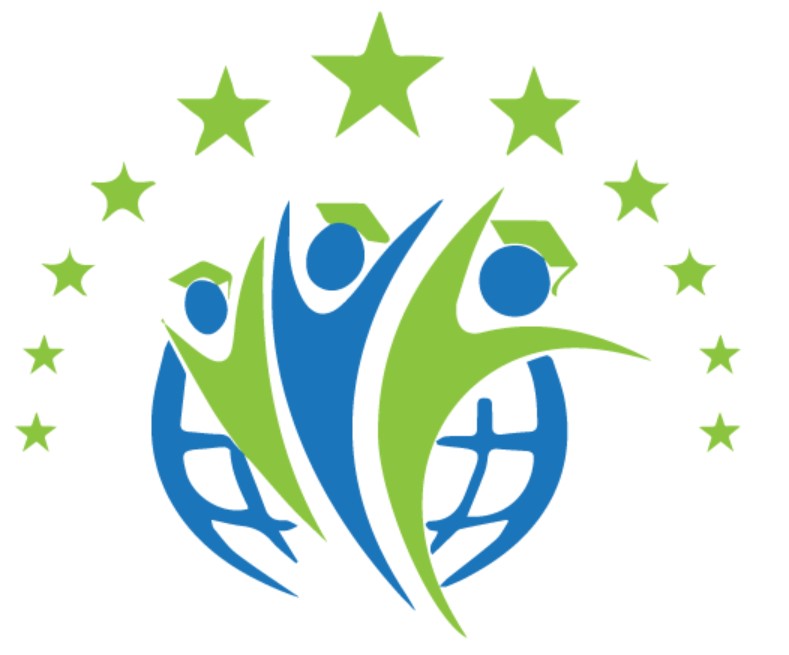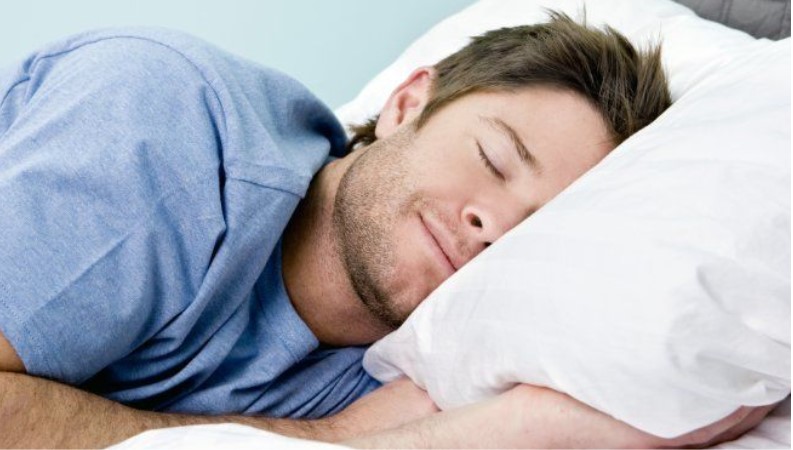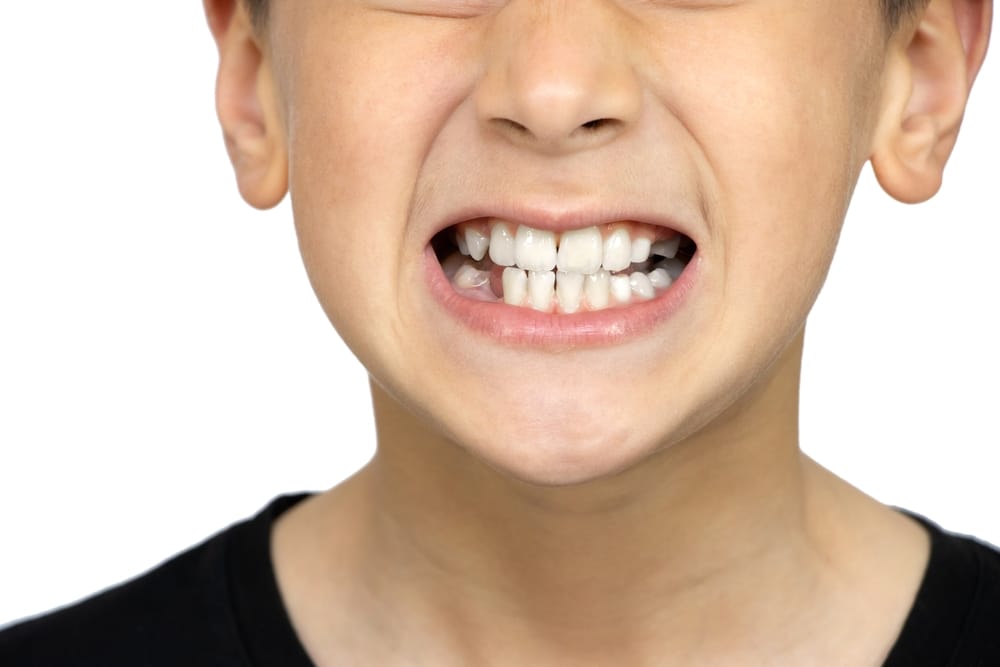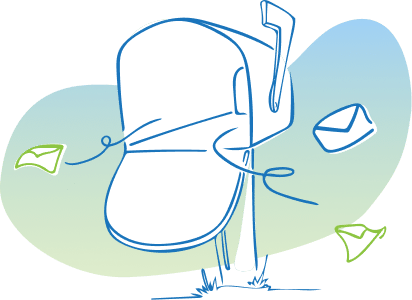Sleep Apnea, Excessive Dynamic Airway Collapse, Snoring and Sleep Disordered Breathing are conditions that affect almost 20% of the population and linked to many other significant diseases like diabetes, heart disease, obesity, and stroke. The primary symptom of these conditions is daytime sleepiness a condition which when left untreated can impair normal daily activities including driving a car and participating in work and school. Pulse Oximetry (SpO2), Home Sleep Testing (HST) and Polysomnography (PSG) are methods of measuring degree and severity of these conditions and are required for accurate treatment.
Sleep apnea gets properly controlled with treatments like CPAP or Oral Appliance Therapy. Before a patient can get treated, it is critical to have an objective diagnosis achieved. In the past, the only way to have an objective diagnosis was to sleep in a laboratory where overnight polysomnography (PSG) test gets done. PSG is a highly accurate test that, most often, requires a sleep technician to be present while the patient gets tested. PSG will allow the accurate diagnosis of over 109 sleep disorders covering respiratory, neurological and behavioral parameters. Parameters measured during a PSG test, include pulse oximetry to track oxygen levels in the blood and pulse rate. An electroencephalogram (EEG) to record your brain wave activity, an electrooculogram (EOG) to track eye movement, an electromyography (EMG) for skeletal muscle activation, and an electrocardiogram (ECG) to screen heart rhythm. Together these tests make up a Polysomnography study. PSG is used to diagnose any of the following conditions or disorders: breathing disorders, like sleep apnea, periodic limb movement disorder, narcolepsy or uncontrollable daytime drowsiness, REM sleep behavior disorders, unexplained chronic insomnia, and unusual behaviors during sleep. This is the gold standard of sleep diagnostics.
In recent years HST (pictured home testing with the Nox T3) has gained popularity and in some cases is required by some insurance companies before the more expensive and in lab PSG gets ordered.
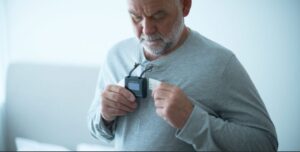
It is very important to realize that of all 109 sleep disorders, Snoring, Sleep Apnea, and Sleep Disordered Breathing are respiratory conditions and together affect the largest number of people in the general population.HST is a test taken in the privacy of the patient’s home that yields very detailed information about respiratory patterns, body position, oxygen saturation and pulse rate. This device is specifically designed to diagnose patients with breathing disorders during sleep. The parameters collected are those required to calculate an apnea-hypopnea index which is required for medical reimbursement when treatment takes place.
Cost, convenience, and availability of diagnostic facilities are very important considerations in deciding what diagnostic protocol each patient requires.
Clinicians have started to look at ways of screening their patients to qualify them for appropriate sleep testing more accurately.
Initial screening can begin with a simple questionnaire like the Epworth sleepiness scale or the Berlin questionnaire or the STOP or STOP-Bang questionnaires. These simple lists of questions are highly accurate tools to identify patients with mild, moderate or severe forms of Sleep Apnea. These questionnaires are used to qualify patients for more intensive diagnostic testing.
Some clinicians are still searching for an objective method of screening patients. This search in many cases is leading to pulse oximetry, which is a key parameter in any sleep test (PSG or HST).
This article will seek to clarify the strengths and weaknesses of pulse oximetry as a stand-alone sleep diagnostic test.
What is Pulse Oximetry?
Pulse oximetry is the non-invasive measurement of a person’s oxygen saturation, the value expressed is SpO2. The most common forms of SpO2 testing is with a sensor attached to the finger, earlobe (pediatric application is often on the child’s toe), or forehead (reflectance testing). It is important to understand that perfusion, skin pigmentation and thickness, ambient light sources and nail polish and acrylic nails all will affect the acuity of pulse oximetry or SpO2 testing.
One of the best parts of this test is that it is safe, inexpensive and convenient. Also, it can be applied by a person with little or no medical training.
How does Pulse Oximetry work?
The technology used in oximetry is based on the absorption of these red and infrared light from an area of pulsing blood flow in an area where the tissue is sufficiently thin, and the blood is pulsing adequately for the light to be measured properly. The red light gets absorbed by Hemoglobin and Deoxyhemoglobin, indicating the number of oxygenated blood cells in the body. The resulting reading is called SpO2.
SpO2 is “peripheral capillary oxygen saturation,” this is an estimate of the number of oxygen molecules in the blood. It is the percentage of oxygenated hemoglobin compared to the total hemoglobin in the bloodstream. This value is expressed as a percentage in medical documentation. If your SpO2 is 98%, this means that each red blood cell is made up of 98% oxygenated and 2% non-oxygenated hemoglobin. SpO2 values between 95 and 100% are considered normal.
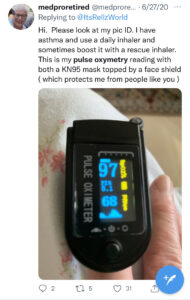
Patients with low baseline levels of SpO2 can require supplemental oxygen. Medicare approves supplemental oxygen therapy for patients with Baseline SpO2 of 88%. Typically these patients suffer from chronic conditions like COPD, Chronic Asthma, Cystic Fibrosis, Pulmonary hypertension, Obstructive Sleep Apnea, and Heart Disease or Heart Failure.
Sleep Apnea is characterized by a cessation of airflow lasting 10 seconds or more. Hypopnea (shallow breathing resulting in desaturation) will have a decrease in airflow lasting 10 seconds or more with a 30% oxygen reduction and a 3 to 4% desaturation from the baseline. It is not uncommon in the sleep world for patients with Sleep Apnea to desaturate below 88%. The metric used to qualify a patient for sleep apnea treatment is Apnea Hypopnea index (AHI) which is calculated by combining Apneas and Hypopneas divided by the number of hours the patient is asleep. Since a pulse oximeter does not register flow or calculate sleep time it is clearly unable to quantify AHI or measure sleep quality.
How Accurate is Pulse oximetry?
Pulse oximetry is very accurate and is widely used as a standalone device as mentioned and as part of much acuter diagnostic devices like PSG, HST and cardiopulmonary exercise testing. It is used worldwide, and clinicians are very comfortable with the data and technology.
Is Standalone Pulse Oximetry useful in the treatment of Sleep Apnea?
For a device to be considered diagnostic, it must give the clinician the ability to discern the nature or cause of the condition they are seeking to treat.
By this standard, the Pulse oximeter falls short because it neither measures flow or effort which will help determine the cause of patient’s desaturations. If the patient has a desaturation below 88% during sleep, it would be important to try to understand what caused the desaturation.
It is clear that in a normal awake patient SpO2 should be above 95%. The diagnostic contribution of oximetry is the drop in SpO2 values during sleep.
Patients with comorbid conditions such as COPD, diabetes, anemia or who are heavy smokers have low baseline SpO2. A patient with a sleeping SpO2 of 85% who has an awake SpO2 of 90% is not as sick as a patient who desaturates from 98% to 85%.
Oximeter devices do not tend to use the same baseline algorithm for testing. The varying rates of sensitivity and specificity are critical to achieving stable diagnostic and titration values when testing with different brands and model of the oximeter.
With the only SpO2 to work from, there is no way to identify or do a quality assurance to rule out variables like perfusion, patient movement, skin pigmentation, nail polish, etc.
Patient movement during sleep is also important to consider. Since SpO2 is an average, it is important to have consistent data throughout the night. The only way to audit the night of sleep with a pulse oximeter is to take a look at the waveform to confirm that there are no data dropouts that will affect your clinical determination.
So as a standalone device used unattended in the home pulse oximetry doesn’t rise to the level of an HST device to discern the level or severity of a patient’s sleep apnea.
Really how much more information does SpO2 provide when screening a patient before a PSG or HST testing to establish a sleep diagnosis?
Further, since AHI is a requirement for qualifying the patient for sleep treatment isn’t unattended SpO2 just delaying the inevitable diagnostic test.
In short, written questionnaires in the hands of a qualified sleep clinician is a more accurate screener for sleep apnea in all its forms.
HST will provide the clinical detail and data audit trail to aid in decision making. In my opinion, HST devices are much better for sleep apnea testing, particularly because the patient can move rapidly from being screened to being tested, then to being treated.
References
https://emedicine.medscape.com/article/2116433-overview?src=emailthis
http://www.nonin.com/Normal-Oxygen-Level
https://therateinc.com/facts-function-pulse-oximeter-works
https://www.ncbi.nlm.nih.gov/pubmed/27919588
